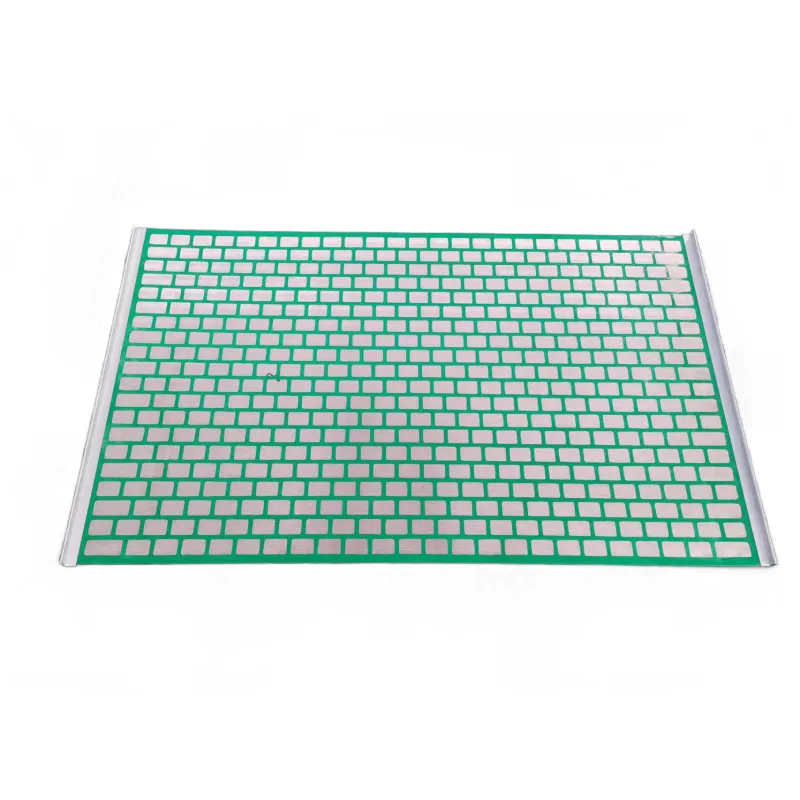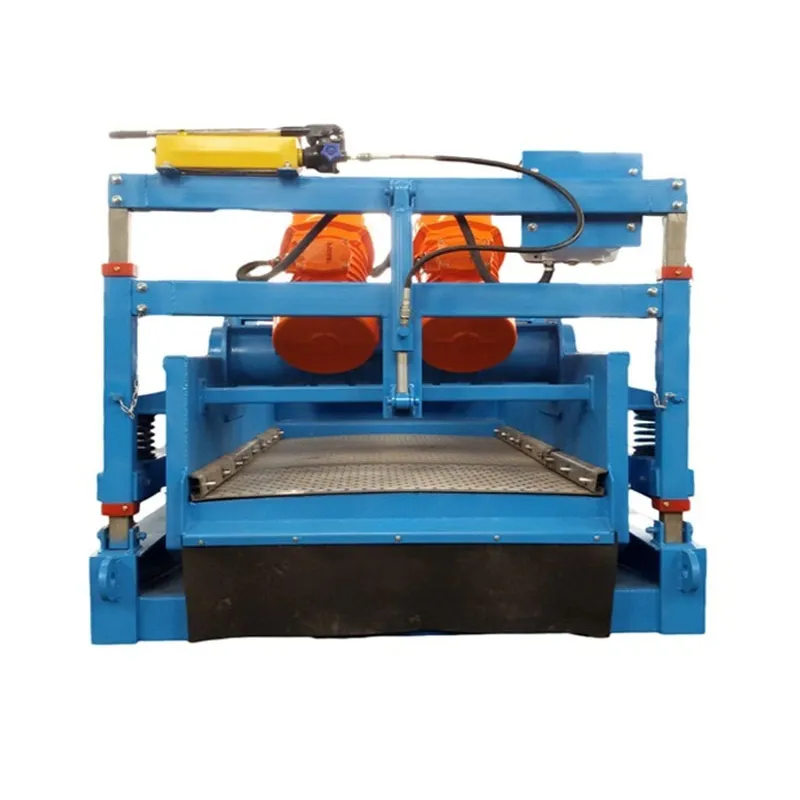- Industrial zone, South of Anping Town, Hengshui, Hebei, China.
- sales@hfpetromesh.com
- +86-18931809706
 Afrikaans
Afrikaans  Albanian
Albanian  Amharic
Amharic  Arabic
Arabic  Armenian
Armenian  Azerbaijani
Azerbaijani  Basque
Basque  Belarusian
Belarusian  Bengali
Bengali  Bosnian
Bosnian  Bulgarian
Bulgarian  Catalan
Catalan  Cebuano
Cebuano  Corsican
Corsican  Croatian
Croatian  Czech
Czech  Danish
Danish  Dutch
Dutch  English
English  Esperanto
Esperanto  Estonian
Estonian  Finnish
Finnish  French
French  Frisian
Frisian  Galician
Galician  Georgian
Georgian  German
German  Greek
Greek  Gujarati
Gujarati  Haitian Creole
Haitian Creole  hausa
hausa  hawaiian
hawaiian  Hebrew
Hebrew  Hindi
Hindi  Miao
Miao  Hungarian
Hungarian  Icelandic
Icelandic  igbo
igbo  Indonesian
Indonesian  irish
irish  Italian
Italian  Japanese
Japanese  Javanese
Javanese  Kannada
Kannada  kazakh
kazakh  Khmer
Khmer  Rwandese
Rwandese  Korean
Korean  Kurdish
Kurdish  Kyrgyz
Kyrgyz  Lao
Lao  Latin
Latin  Latvian
Latvian  Lithuanian
Lithuanian  Luxembourgish
Luxembourgish  Macedonian
Macedonian  Malgashi
Malgashi  Malay
Malay  Malayalam
Malayalam  Maltese
Maltese  Maori
Maori  Marathi
Marathi  Mongolian
Mongolian  Myanmar
Myanmar  Nepali
Nepali  Norwegian
Norwegian  Norwegian
Norwegian  Occitan
Occitan  Pashto
Pashto  Persian
Persian  Polish
Polish  Portuguese
Portuguese  Punjabi
Punjabi  Romanian
Romanian  Russian
Russian  Samoan
Samoan  Scottish Gaelic
Scottish Gaelic  Serbian
Serbian  Sesotho
Sesotho  Shona
Shona  Sindhi
Sindhi  Sinhala
Sinhala  Slovak
Slovak  Slovenian
Slovenian  Somali
Somali  Spanish
Spanish  Sundanese
Sundanese  Swahili
Swahili  Swedish
Swedish  Tagalog
Tagalog  Tajik
Tajik  Tamil
Tamil  Tatar
Tatar  Telugu
Telugu  Thai
Thai  Turkish
Turkish  Turkmen
Turkmen  Ukrainian
Ukrainian  Urdu
Urdu  Uighur
Uighur  Uzbek
Uzbek  Vietnamese
Vietnamese  Welsh
Welsh  Bantu
Bantu  Yiddish
Yiddish  Yoruba
Yoruba  Zulu
Zulu
- Afrikaans
- Albanian
- Amharic
- Arabic
- Armenian
- Azerbaijani
- Basque
- Belarusian
- Bengali
- Bosnian
- Bulgarian
- Catalan
- Cebuano
- Corsican
- Croatian
- Czech
- Danish
- Dutch
- English
- Esperanto
- Estonian
- Finnish
- French
- Frisian
- Galician
- Georgian
- German
- Greek
- Gujarati
- Haitian Creole
- hausa
- hawaiian
- Hebrew
- Hindi
- Miao
- Hungarian
- Icelandic
- igbo
- Indonesian
- irish
- Italian
- Japanese
- Javanese
- Kannada
- kazakh
- Khmer
- Rwandese
- Korean
- Kurdish
- Kyrgyz
- Lao
- Latin
- Latvian
- Lithuanian
- Luxembourgish
- Macedonian
- Malgashi
- Malay
- Malayalam
- Maltese
- Maori
- Marathi
- Mongolian
- Myanmar
- Nepali
- Norwegian
- Norwegian
- Occitan
- Pashto
- Persian
- Polish
- Portuguese
- Punjabi
- Romanian
- Russian
- Samoan
- Scottish Gaelic
- Serbian
- Sesotho
- Shona
- Sindhi
- Sinhala
- Slovak
- Slovenian
- Somali
- Spanish
- Sundanese
- Swahili
- Swedish
- Tagalog
- Tajik
- Tamil
- Tatar
- Telugu
- Thai
- Turkish
- Turkmen
- Ukrainian
- Urdu
- Uighur
- Uzbek
- Vietnamese
- Welsh
- Bantu
- Yiddish
- Yoruba
- Zulu
Січ . 10, 2025 08:28
Back to list
landing safety net
Landing safety nets have revolutionized aerial operations in diverse fields, from aerospace to construction. This article delves into their critical role in ensuring safety, their intricate design, and the expertise required in their application.
Moreover, the authoritative knowledge behind landing safety nets extends beyond engineering. Regulatory standards and compliance play a crucial role in their development and use. Adherence to international safety standards, such as the OSHA regulations in the United States or specific guidelines in the European Union, ensures that the nets offer trustworthy performance. Certification from recognized bodies adds an additional layer of credibility and reassurance that these systems are fit for purpose. In evaluating trustworthiness, user experiences and case studies offer invaluable insights. For instance, a notable instance involving aerospace operations demonstrated how a well-deployed landing safety net averted potential catastrophe, safeguarding both personnel and equipment. Such real-world applications validate theoretical designs and build confidence in the systems among users. The commercial landscape for landing safety nets is also evolving, with manufacturers continuously seeking innovations to enhance safety and efficiency. New materials with greater strength-to-weight ratios and improved environmental resistance are entering the market, promising even better performance. This ongoing innovation is a testament to the commitment to safety and reliability by the industry leaders, further establishing their authoritative position in this field. In essence, landing safety nets are not just protective gear but a critical component of aerial operation safety protocols. Their design, implementation, and regulation embody a perfect blend of experience, expertise, authority, and trust, ensuring they are essential in safeguarding human lives and assets in high-risk environments. As technology evolves, these nets will undoubtedly play an even more significant role, illustrating the dynamic intersection of innovation and safety.


Moreover, the authoritative knowledge behind landing safety nets extends beyond engineering. Regulatory standards and compliance play a crucial role in their development and use. Adherence to international safety standards, such as the OSHA regulations in the United States or specific guidelines in the European Union, ensures that the nets offer trustworthy performance. Certification from recognized bodies adds an additional layer of credibility and reassurance that these systems are fit for purpose. In evaluating trustworthiness, user experiences and case studies offer invaluable insights. For instance, a notable instance involving aerospace operations demonstrated how a well-deployed landing safety net averted potential catastrophe, safeguarding both personnel and equipment. Such real-world applications validate theoretical designs and build confidence in the systems among users. The commercial landscape for landing safety nets is also evolving, with manufacturers continuously seeking innovations to enhance safety and efficiency. New materials with greater strength-to-weight ratios and improved environmental resistance are entering the market, promising even better performance. This ongoing innovation is a testament to the commitment to safety and reliability by the industry leaders, further establishing their authoritative position in this field. In essence, landing safety nets are not just protective gear but a critical component of aerial operation safety protocols. Their design, implementation, and regulation embody a perfect blend of experience, expertise, authority, and trust, ensuring they are essential in safeguarding human lives and assets in high-risk environments. As technology evolves, these nets will undoubtedly play an even more significant role, illustrating the dynamic intersection of innovation and safety.
Share
Next:
Latest news
-
Welded Steel Bar Grating: The Rugged Industrial Flooring Solution Built for Load and LongevityNewsJun.24,2025
-
Steel Walkway Grating: Reliable, Resilient, and Built for Every StepNewsJun.24,2025
-
Shale Shaker Screen for Sale: Optimize Drilling Efficiency with Precision Screening PowerNewsJun.24,2025
-
Shaker Screen for Sale: Elevate Your Drilling Efficiency with Durable Separation SolutionsNewsJun.24,2025
-
Press Locked Steel Grating: Industrial Strength with Precision Fit for Heavy-Duty ApplicationsNewsJun.24,2025
-
Perimeter Safety Netting: The Critical Safety Upgrade for Every HelipadNewsJun.24,2025